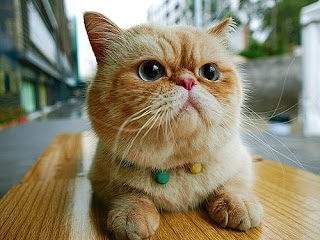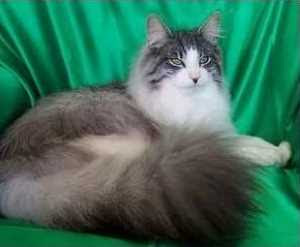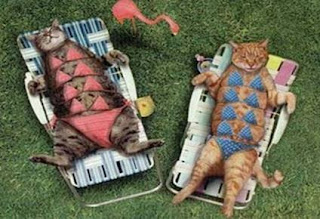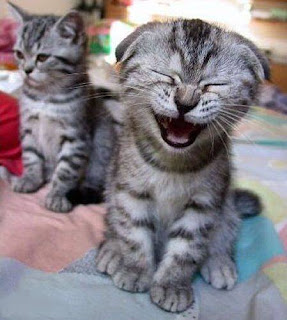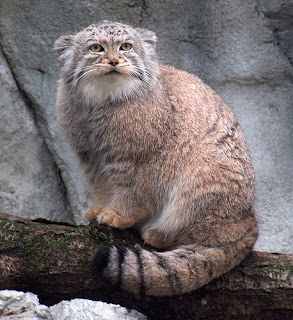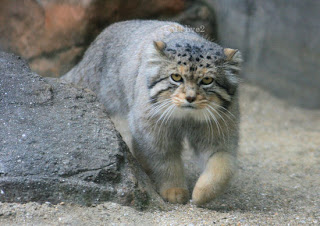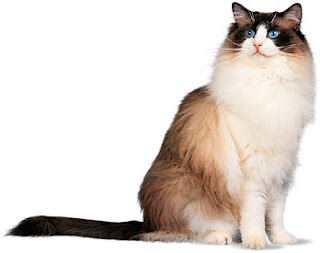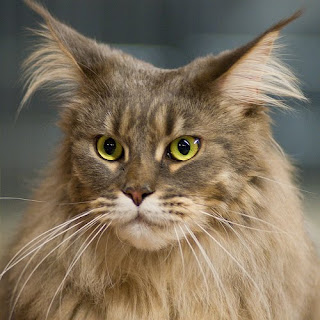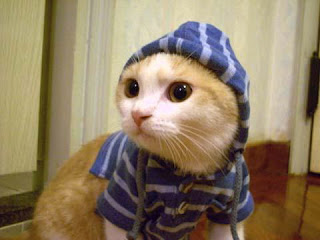Is known as a big cat with and have long hair like a race Maine Coon, but he was good at climbing. Norwegian Forest Cat with a domestic cat native to Northern Europe in areas of very cold hence Norwegian forest has a thick coat of long hair, water-loss, and furry undercoat for insulation. During World War II, this cat breed is almost extinct, but the Norwegian Forest Cat Club helps breed norwegian forest cat with creating a formal breeding program. That is not registered as a cat race with the European Federation Internationale cat until the 1970's, when the local cat fancy, Carl-Fredrik Nordane, watching breed and make an effort to register it. And today, the Norwegian Forest Cat is very popular in Norway, Sweden, and France.
Norwegian Forest brought to Norway from England some time after 1000 AD by the Vikings and longhaired cats brought to Norway by the Crusaders. And many people believe that the ancestors of the Norwegian Forest Cat served as mousers on Viking ships. They live in the forests of Norway for centuries, but then valuable hunting skills and are used in Norwegian agriculture. Norwegian Forest Cats will continue to act as mousers on Norwegian farms until they are found in the early twentieth century by a fan of cats.
- Norwegian Forest cat's body description
Norwegian Forest Cat breed has a long body, strong, long legs, and tail dense and full. The coat consists of layers of long, shiny, thick and water-repellant, and woolly undercoat, and thick in the legs, chest and head. Breed profiles are generally straight. Head length, with a form-over all similar to an equilateral triangle, a strong chin, and muzzle medium length, head of a square or round shape is considered defective. Almond-shaped eyes and crooked, and probably of any color. The ears are large, wide at the base, set high, have a tufted top, placed in the extension of the triangle formed by the head, and end with a tuft of hair like the ears Lynx. All coat colors accepted except chocolate and violet and fawn dilution and cinnamon. Because cats have a very strong claws, they are very good climbers, and can even climb rock.
Norwegian Forest Cats have a quiet voice, but generally is talkative. This is good with people, be friendly and intelligent, but has a high amount of energy, and can be very demanding of attention. Many cats can be especially outdoors, where they can make quick and effective hunters, but also breed can adapt to indoor life. Norwegian forest can usually live 14 to 16 years. Because norwegian forest has a high body weight and they need more food than most domestic descent in general. Men are much heavier and bigger-boned than females.
in a Norwegian forest cat proliferation was reported to have kidney disease and heart disease. In an experiment directed by John C. Fyfea, Rebeccah L. Kurzhals, and others, concluded that the complex arrangement of breed
Glycogen branching enzyme (GBE1) can cause both perinatal hypoglycemic collapse and late-teens-start neuromuscular degeneration in
glycogen storage disease type IV in the breed. dissorder these, while rare, can be fatal to cats who have it. Breeding has also been known to suffer from
hip dysplasia, which is a disease, is rarely part of the hip joint hereditary. Breed, along with several other cats descent, can be poisoned by the things that are considered safe for humans, including alcoholic beverages, avocado, all forms of chocolate and coffee, macadamia nuts, onions, raisins, wine, salt, and garlic . this breed, along with other cats, which may run the risk of getting
Feline rhinotracheitis virus,
feline immunodeficiency virus,
rabies,
H5N1, or any other disease.

Norwegian Forest Pet Cat

Norwegian Forest Picture

Appearance Norwegian Forest Cat
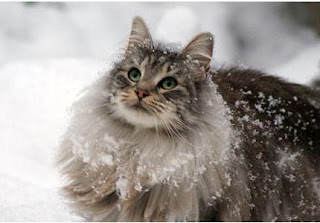
Norwegian Forest Cat
Have mental thick that can survive in extremely cold temperatures.
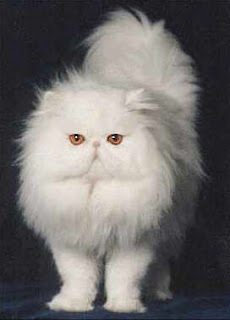

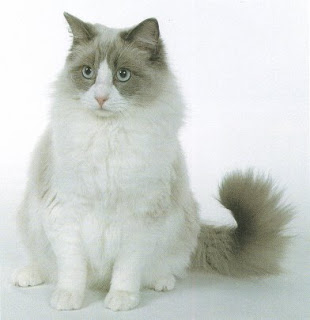




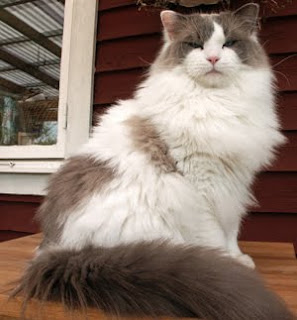
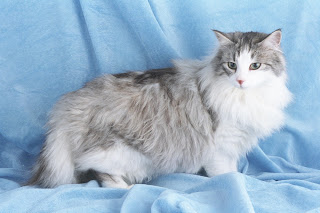

 ']]}
']]}

